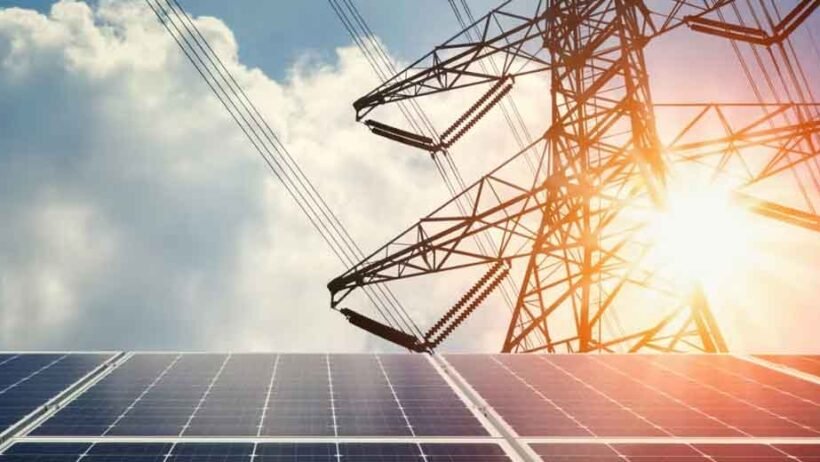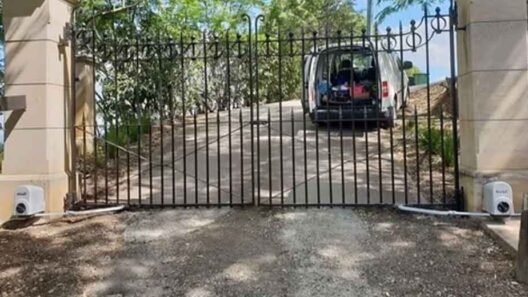The adoption of solar energy has grown rapidly, not only as a response to rising energy costs but also as part of the broader global effort to move toward sustainable energy solutions, highlights Jackson Property Management team. While solar panels capture the sun’s energy, the true effectiveness of a solar system often depends on how well it integrates with the local power grid. Net metering and grid integration play a crucial role in this process, allowing homeowners and businesses to maximize the benefits of their solar investment.
The role of solar installers goes far beyond simply mounting panels on rooftops; it involves careful planning, compliance with regulations, precise system design, and ensuring a smooth exchange of electricity between the solar system and the power grid. Companies like North Valley Solar Power take on these responsibilities to ensure that each installation is not only efficient but also fully aligned with utility requirements. We will explore the responsibilities of solar installers in net metering and grid integration, highlighting how their work creates a seamless connection between renewable energy production and everyday electricity use.
Key Responsibilities of Solar Installers in Net Metering and Grid Integration
- System Design and Compatibility with Grid Standards
One of the first responsibilities of a solar installer is ensuring that the solar system is designed to be compatible with the local utility grid. This requires more than technical knowledge of panel installation; it demands an understanding of how electricity flows between private systems and larger public infrastructures. Installers must calculate the correct system size to meet the customer’s energy needs while also ensuring the grid can handle excess power generation without instability. Additionally, they must select appropriate inverters that convert direct current from panels into alternating current suitable for grid use. Careful attention to compatibility prevents disruptions in electricity supply and avoids costly issues later. By aligning system design with grid requirements, installers create a strong foundation for efficient net metering, ensuring homeowners receive accurate credits for their surplus energy.
- Facilitating Net Metering Enrollment and Paperwork
Net metering policies vary from state to state, and navigating the paperwork can be overwhelming for property owners. One of the most critical responsibilities of solar installers is guiding customers through the enrollment process. Installers must prepare and submit applications to the local utility company, providing detailed information on system specifications, expected energy output, and compliance with safety standards. They may also handle interconnection agreements, which govern the relationship between the solar customer and the utility.
By managing this process, installers reduce the burden on the customer and ensure that the solar system qualifies for net metering benefits. This responsibility also includes monitoring regulatory changes, as policies governing net metering can evolve over time. Without proper documentation and approvals, homeowners might lose out on significant financial benefits, making the installer’s role in paperwork management essential.
- Ensuring Safety and Compliance with Electrical Codes
Safety is a non-negotiable aspect of any solar installation, particularly when connecting to the power grid. Installers are responsible for ensuring that every component of the solar system complies with local, state, and national electrical codes. This includes proper grounding, wiring, and breaker configurations to prevent accidents or electrical hazards. Beyond safety codes, installers must also adhere to utility requirements, such as using approved equipment or following specific connection protocols.
Inspectors will often verify that installations meet these standards before allowing the system to be connected to the grid. Failure to meet compliance standards could delay approvals or even disqualify a system from participating in net metering. Thus, installers carry the responsibility of not only creating a safe and functional solar system but also protecting customers from the risks of improperly integrated equipment.
- Installing and Configuring Net Meters
Net metering relies on the installation of a two-way meter capable of recording both electricity consumed from the grid and electricity sent back into it. Solar installers must coordinate with utilities to ensure the correct type of meter is installed and properly configured. In some cases, the utility provides the net meter, but installers play a key role in ensuring its setup is accurate and synchronized with the solar system. They may also be required to test the functionality of the meter to verify it records energy flows correctly. Accurate metering is vital because it directly determines the financial credits a customer receives. An improperly configured meter could lead to disputes with the utility company or result in financial losses. By carefully overseeing meter installation and functionality, installers safeguard customer investments and ensure smooth participation in the net metering program.
- Monitoring System Performance and Grid Interaction
Once a solar system is operational, installers often remain involved through performance monitoring and support. Grid-integrated solar systems must work seamlessly with the changing demands of electricity use, fluctuating sunlight availability, and varying utility grid loads. Installers may provide monitoring tools or apps that allow homeowners to track energy production and consumption in real time.
In addition, they may be called upon to troubleshoot issues such as inconsistent power exports, inverter malfunctions, or unexpected drops in system output. This responsibility is essential because ongoing maintenance ensures that the solar system continues to operate at peak efficiency while maintaining a stable connection to the grid. Furthermore, effective monitoring helps prevent potential conflicts with the utility, as irregularities can be addressed quickly before they cause disruptions. By offering support beyond installation, solar installers build long-term reliability into net-metered systems.
Solar installers hold a pivotal role in the success of net metering and grid integration, carrying responsibilities that go far beyond basic panel installation. From designing compatible systems and handling paperwork to ensuring compliance with codes and educating customers, their work forms the backbone of a functional, safe, and profitable solar experience. Each responsibility—from managing meter configurations to supporting long-term performance—directly impacts the ability of property owners to gain the full advantages of solar adoption. By fulfilling these duties with precision and care, solar installers ensure that clean energy can be reliably integrated into daily life, making solar power not just a technological advancement but a practical, sustainable solution for generations to come.








